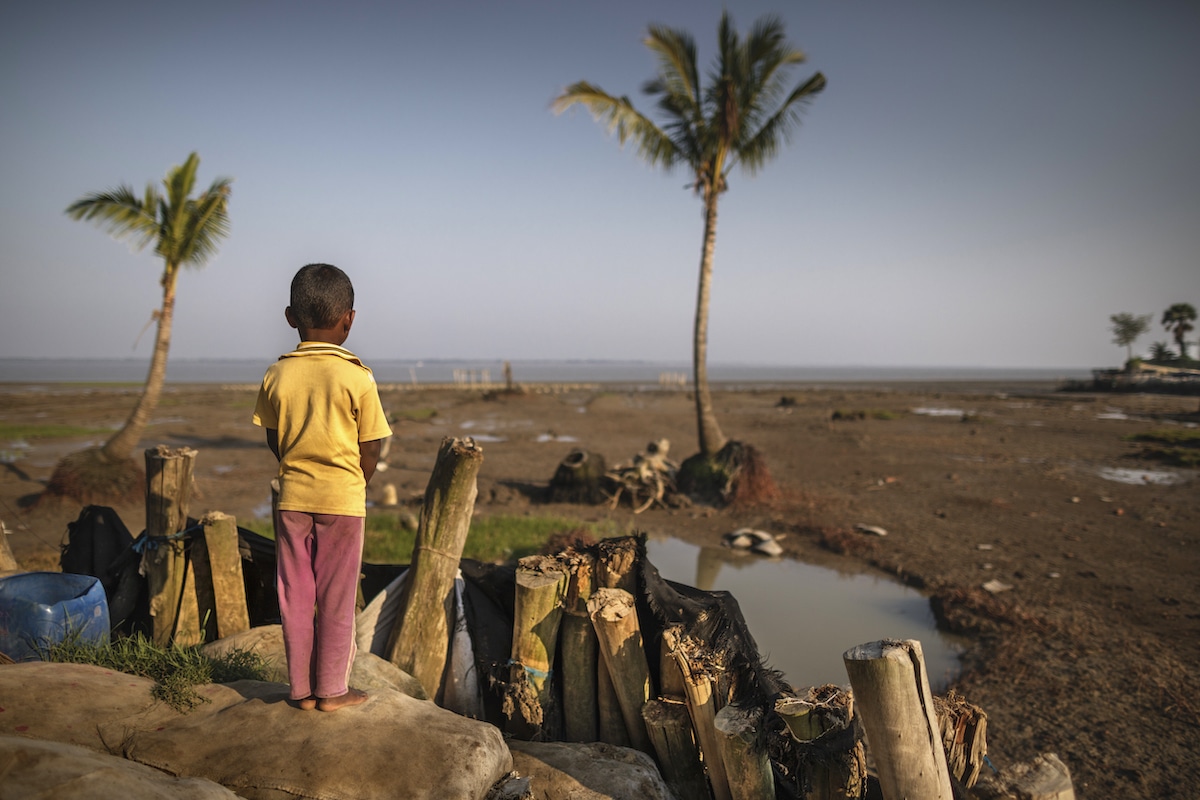
1,500 Square Miles of Coastal Wetlands Have Vanished in Two Decades, Study Finds

Coastal wetlands are vitally important ecosystems. They store carbon dioxide, protect seaside communities from storms and provide habitats for marine life.
Yet in the past two decades, Earth has lost 4,000 square kilometers (approximately 1,544 square miles) of tidal flats, tidal marshes and mangroves, a new study published in Science Thursday found. That’s a loss around the size of Mallorca, Spain or Goa, India, Carbon Brief pointed out.
“Wetlands are among the only ecosystems on the planet that are effectively going to sequester carbon in perpetuity – and, unlike freshwater wetlands, they don’t emit methane,” study co-author and University of Cambridge marine scientist Dr. Mark Spalding told Carbon Brief. “They also protect us from storms, can grow vertically to track rising seas and generate vast volumes of fish.”
Despite their importance, however, not much was known about how they were changing or why, study leader and senior lecturer and head of James Cook University’s Global Ecology Lab Dr. Nicholas Murray told The Nature Conservancy.
“We wanted to address that, so we developed a machine-learning analysis of vast archives of historical satellite images to detect the extent, timing and type of change across the world’s tidal wetlands between 1999 and 2019,” Murray said.
The study was the first to consider the three main coastal wetland habitat types: tidal flats, which are shallow, muddy areas covered at high tide; tidal marshes, which are frequently flooded regions of coastal vegetation; and mangroves, which are coastal forests, according to Carbon Brief.
What it found was that the world lost 13,700 square kilometers (approximately 5,290 square miles) of tidal wetlands between 1999 and 2019, Science reported. At the same time, however, we gained 9,700 square kilometers (approximately 3,745 square miles).
“The ‘net change’ of tidal wetlands (-4,000 km2) is overwhelmingly still in the negative,” Murray told Carbon Brief.
Twenty-seven percent of the changes were due to direct human activities like agriculture on the one hand and restoration on the other, according to Science. The rest of the changes were due to indirect causes like coastal erosion or sea level rise.
Asia was the region that saw the greatest wetland loss over the study period, accounting for around three-fourths of the decrease, according to The Nature Conservancy, and nearly 70 percent of Asia’s loss was in China, Myanmar and Indonesia.
“Asia is the global centre of tidal wetland loss from direct human activities,” Murray said. “These activities had a lesser role in the losses of tidal wetlands in Europe, Africa, the Americas and Oceania, where coastal wetland dynamics were driven by indirect factors such as wetland migration, coastal modifications and catchment change.”
The world’s largest intact coastal wetlands, meanwhile, are located in the Amazon delta, the northern Bay of Bengal, New Guinea and the Niger delta, Carbon Brief reported.
The study authors hope the research can help them protect wetlands the best way possible.
“Understanding where and when losses and gains of tidal wetlands occur allows us to improve our knowledge of coastal ecosystem ecology, better understand the effects of climate change on coastal ecosystems, support the development of coastal ecosystem management strategies and identify where ecosystem restoration could be implemented to recover lost ecosystem services,” Murray told Carbon Brief.

 233k
233k  41k
41k  Subscribe
Subscribe 